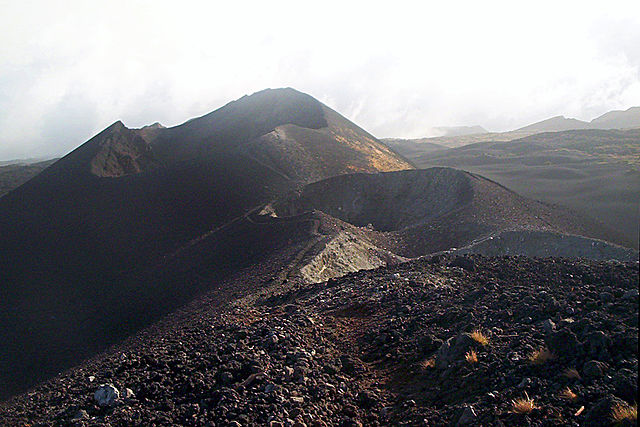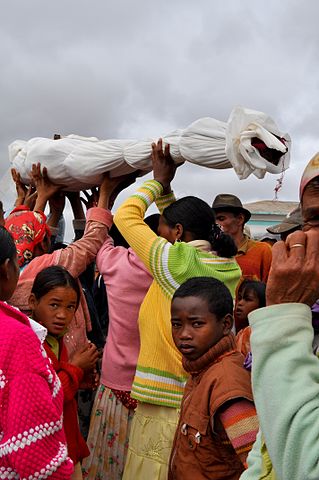We just learned about the
Osprey bird.
We've all seen those nasty mosquitos flying around, but you might wonder what baby mosquitos look like.
Like many other insects, mosquitos go through 4 stages: egg, larvae, pupa, adult (also called imago).
The adult mosquitos lay their tiny eggs in the water.
Eventually the eggs hatch and turn into mosquito larvae, which look kind of like long tiny skinny fuzzy caterpillars in the water.
The larvae swim around in the water eating things like algea and bacteria, things we consider garbage but they eat for lunch!
They breathe air through their body with holes on their bodies called
spiracles or
siphons.
If mosquito larvae are living in an area that has a cold winter, they can actually get frozen solid in the water, and survive until the next spring to grow again.
This is called diapause.

(from: wikipedia -
mosquito)
When the larvae get enough food, they turn into a pupa, which looks sort of like a comma shape.
The pupa doesn't eat, it just stays in the water and works on changing its body, kind of like a caterpillar turns into a butterfly.
Eventually the pupa gets big enough, cracks through its shell and then out flies a grown up mosquito, off to bite someone!
Mosquitos are annoying, but they are very important for wildlife.
Many animals like fish, frogs, dragonflies, spiders and bats all eat mosquitos either as larvae or imago.
Kid Facts - Blast from the past: Mosquito Proboscis








































